Marijuana
WHAT IS MARIJUANA?
Marijuana comes from the plant Cannabis Sativa. The key ingredient in marijuana is Tetrahydrocannabinol (THC), when smoked or ingested causes a powerful high.
Commonly referred to as pakalolo, pot, weed, grass, maui-wowie, blunt, J, ganja, mary Jane, doobie, herbs, buds etc.
MARIJUANA IN HAWAII
In 2014, more than 22.2 million people in the U.S. have reported using marijuana in the past month, making it the most used illicit drug.
Marijuana was the primary substance used at the time of admission for the majority of adolecents (62.4%) in 2012.
The 2013 Youth Risk Behaviors Hawaii School Health Survey reports Hawaii High School students:
10.4% have tried marijuana for the first time before age 13
18.5% have used marijuana in the past 30 days
7.5% have used marijuana on school property in the past 30 days
HEALTH RISKS
Marijuana can be addictive
High doses can cause panic and psychosis
Regular use can cause depression
Increased risk of asthma, bronchitis and emphysema
Reduces ability to learn and retain information
Interferes with brain function: impairs perception, judgement of speed and time, motor function and short-term/long-term memory capacity.
After smoking 1 joint, 10-20% of the drug (THC) attaches to body fat for up to 30 days. Traces of THC can be found up to 4 ½ months after stopping habitual use.
Marijuana smoke has 50-70% more carcinogens (cancer causes toxins) and tar than tobacco smoke.
LEGAL PENALTIES
Recreational marijuana is illegal in Hawaii State
Medical marijuana is legal for persons with qualifying illnesses such as terminal cancers. Persons seeking medical marijuana must obtain a doctor’s recommendation and register with the State Department of Public Safety to avoid criminal prosecution under state law.
Marijuana is federally illegal in the United States. Federal law trumps state law.
Sources: State Department of Health Alcohol and Drug Abuse Division 2007 Hawaii Student Alcohol, Tobacco, and Other Drug Use Study; The Honolulu Police Department Narcotics/Vice Division; The State Department of Health/Alcohol and Drug Abuse Division (DOH/ADAD) Client Data System Admissions FY 2002; Community Epidemiological Work Group 12/00; NIDA Marijuana: Facts for Teens, Epidemiologic Trends in Drug Abuse, 2011; Attorney General’s Hawaii Drug Offense Arrests, 1998- 2003; ONDCP’s Street Terms: Drugs and the Drug Trade, “http://whitehousedrugpolicy.gov.” Client Data System Admission Data (Excluding Social Detox) 1999, www.samhsa.gov/oas/NHSDA/2002; www.honolulupd.org, and the 2005 National Survey on Drug Use and Health (NSDUH), http://www.justice.gov/archive/ndic/dmas/Hawaii_DMA-2011(U).pdf, Streetdrugs 2013.

